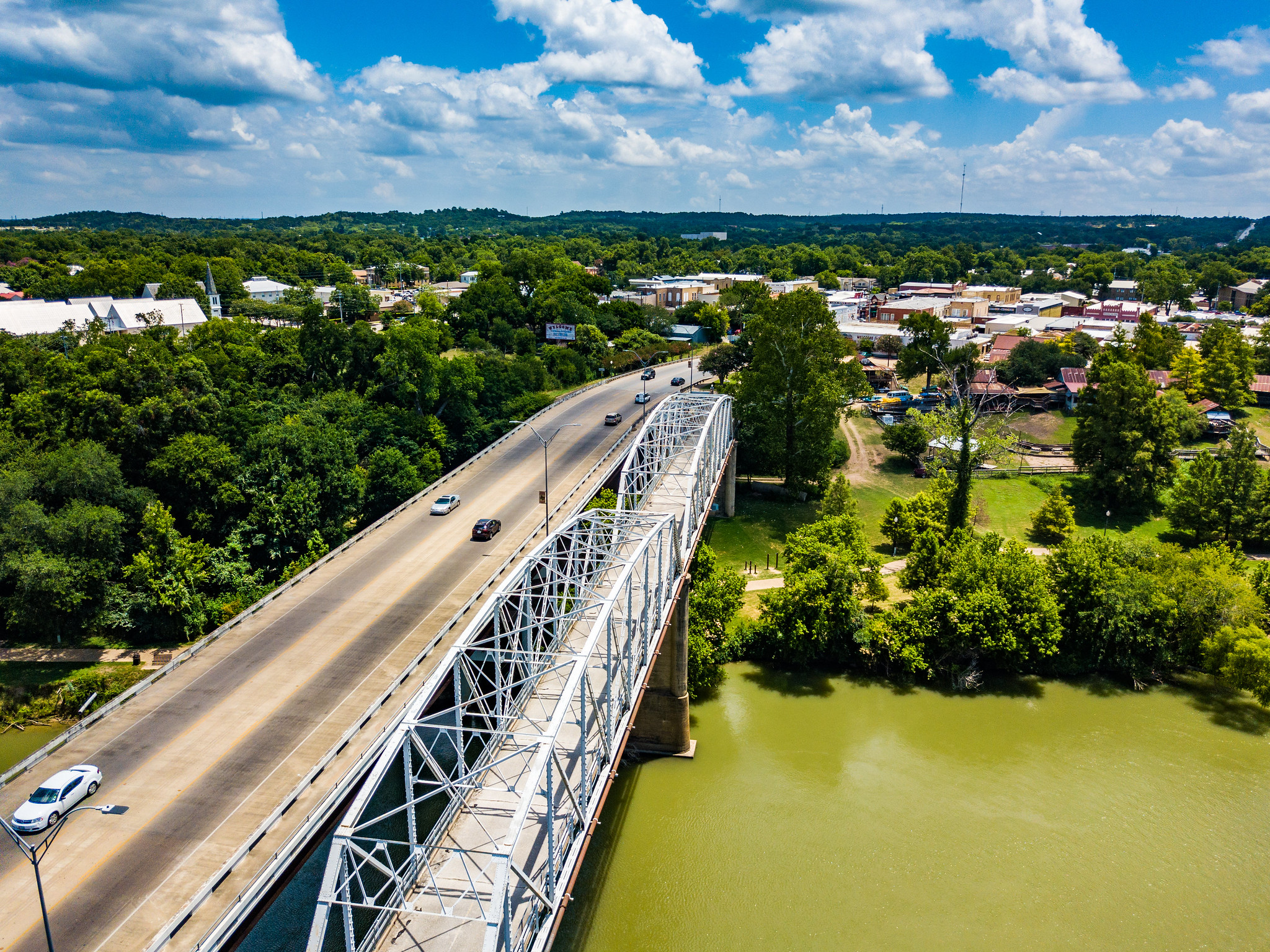Bastrop sits in the heart of the 6,000-acre Lost Pines Forest. For decades, lumber from the forest fueled the local economy. Nowadays, the pine trees in and around Bastrop are there for admiring, not for harvesting. Trees still far outnumber people in Bastrop, but that gap is narrowing.
Thanks to Bastrop’s small-town appeal, relatively affordable housing, and proximity to Austin (a distance of about 30 miles), the suburb’s population rose from 7,355 in 2010 to 9,242 in 2019, and thousands live in neighborhoods surrounding Bastrop. Residences in the area are primarily one- to two-story, single-family homes.
In addition to the aforementioned factors, Bastrop residents like their access to parks. This includes the 1,100-acre McKinney Roughs Nature Park along the Colorado River. The park offers 18 miles of trails for hikers, mountain bikers, and horseback riders, along with a zipline and overnight accommodations. Another option is Bastrop State Park, which features seven miles of trails, a fishing lake, a swimming pool, and overnight accommodations.
If the great outdoors isn’t your thing, Bastrop’s “historically hip” downtown might be more your style. The quaint downtown district offers restaurants, shops, art galleries, and the Bastrop County Museum and Visitor Center. Historic sites include the Bastrop County Courthouse, old county jail, Bastrop Opera House, and Old Iron Bridge.
Steeped in history, Bastrop has one foot in the past and one foot in the future. And while close to Austin, it provides a respite from big-city life.

